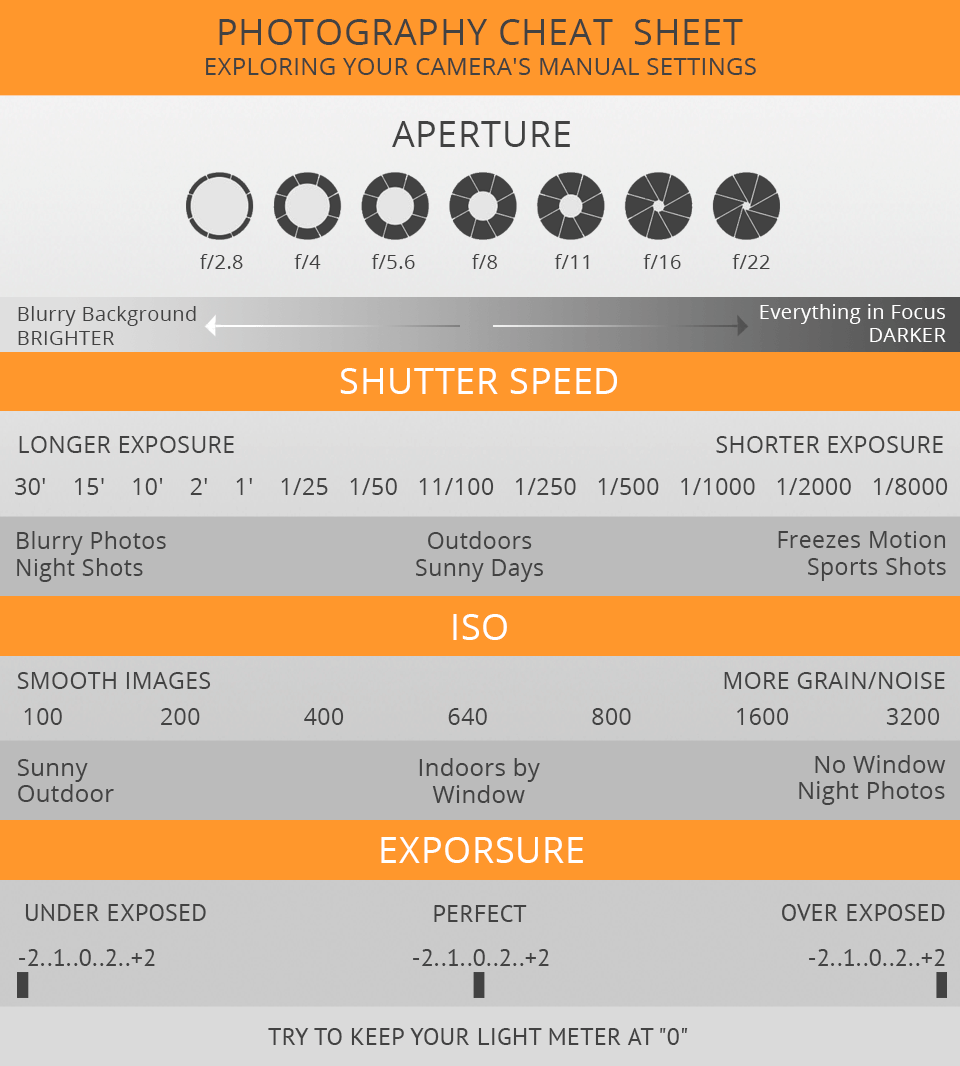Join Us To Uncover Vital Digital Photography Tips That Will Certainly Open Your Video Camera'S Potential-- Prepare To Record Magnificent Images Quickly!
Join Us To Uncover Vital Digital Photography Tips That Will Certainly Open Your Video Camera'S Potential-- Prepare To Record Magnificent Images Quickly!
Blog Article
Published By-Ballard Elmore
When you first grab your electronic camera, it can feel overwhelming with all the settings and choices offered. You may find yourself wondering exactly how to navigate aperture, shutter speed, and ISO efficiently. Mastering these basics is essential, but there's more to photography than simply technical knowledge. Understanding make-up methods and illumination conditions can elevate your images significantly. So, what if you could learn basic strategies to enhance your skills and start catching remarkable photos earlier than you believe? Let's discover just how to transform your photography trip.
Comprehending Cam Settings
Recognizing your cam settings is crucial for capturing sensational pictures. When you get your cam, acquaint yourself with the three major setups: aperture, shutter speed, and ISO. Each plays an essential function in just how your images turn out.
Start with aperture, which controls the amount of light entering the lens. A larger aperture (lower f-number) lets in more light and develops an attractive background blur, ideal for pictures. Conversely, a narrower aperture (greater f-number) keeps even more of the scene in emphasis, ideal for landscapes.
Next off, focus on shutter speed. This setting identifies how long your camera's sensing unit is subjected to light. A rapid shutter rate ices up motion, which is wonderful for activity shots, while a slow-moving shutter speed can develop sensational impacts like smooth water in landscapes.
Finally, readjust your ISO. This setup impacts your electronic camera's level of sensitivity to light. A higher ISO is useful in low-light situations but can introduce sound or grain. https://telegra.ph/Discover-Just-How-To-Choose-The-Excellent-Video-Camera-Customized-To-Your-Digital-Photography-Style-And-Requires-However-Are-You-01-07 for the lowest ISO possible while still accomplishing correct exposure.
Composition Methods
When you're out shooting, make-up can make all the difference in just how your photos reverberate with viewers. Beginning by using the rule of thirds; visualize your structure split right into nine equal areas with two straight and two upright lines. Position crucial elements along these lines or at their junctions to produce balance and rate of interest.
Next, consider leading lines. These natural lines in your scene, like roadways or rivers, attract the audience's eye into the photo, directing them through the story you're telling.
Don't forget about mounting; use components within your scene, like trees or home windows, to produce a framework around your subject, including depth and focus.
Likewise, keep an eye on your background. A messy history can distract from your major subject, while an easy one helps it stand apart.
Lastly, trying out symmetry and patterns; they can develop a striking image that captures focus.
Learning Lights Conditions
Grasping illumination problems is crucial for recording magnificent pictures, as the right light can transform a common scene into something amazing.
Start by observing all-natural light at different times of the day. Mornings and late afternoons use the best light, called the gold hour. The soft, warm tones throughout these times can improve your pictures magnificently.
Do not shy away from cloudy days either; diffused light can decrease rough shadows and create a pleasing result, particularly for pictures.
Try out backlighting by placing your subject against the light. This method can develop a dreamy halo effect and add deepness to your images.
Take relevant webpage of your video camera setups too. Change visit the following site , aperture, and shutter rate to fit the illumination problems. A higher ISO can assist in reduced light, but beware of grain.
Utilize a tripod in darker atmospheres to stay clear of blur.
Last but not least, don't neglect fabricated lights. https://www.marketwatch.com/story/how-to-save-on-professional-photography-services-2019-04-26 and constant lights can be terrific tools for regulating light in tough conditions.
Final thought
To conclude, mastering your video camera doesn't need to be overwhelming. By recognizing your setups, applying composition methods, and taking advantage of the power of all-natural light, you'll rapidly boost your photography abilities. Keep in mind, exercise makes best, so get out there and try out your newfound understanding. With time and devotion, you'll be catching magnificent photos that reflect your special point of view. Delight in the journey, and do not forget to enjoy while you go to it!
